Jeep Avenger vs VW Polo – Differences & prices compared
Compare performance, boot space, consumption and price in one view.
Find out now: which car is the better choice for you – Jeep Avenger or VW Polo?
The Jeep Avenger (SUV) comes with a Electric, Petrol or Petrol MHEV engine and Automatic or Manuel transmission. In comparison, the VW Polo (Hatchback) features a Petrol engine with Manuel or Automatic transmission.
When it comes to boot capacity, the Jeep Avenger offers 380 L, while the VW Polo provides 351 L – depending on how much space you need. If you’re looking for more power, decide whether the 156 HP of the Jeep Avenger or the 207 HP of the VW Polo suits your needs better.
In terms of consumption, the values are 15.50 kWh4.90 L per 100 km for the Jeep Avenger, and 5.10 L for the VW Polo.
Price-wise, the Jeep Avenger starts at 21900 £, while the VW Polo is available from 17000 £. Compare all the details and find out which model fits your lifestyle best!
In the realm of compact vehicles, the Jeep Avenger and Volkswagen Polo each offer distinct advantages. The Jeep Avenger stands out with its rugged, off-road appeal and higher ride, making it an excellent choice for adventure seekers. On the other hand, the Volkswagen Polo shines with its refined interior and superior fuel efficiency, ideal for urban driving and long commutes.
Jeep Avenger
The Jeep Avenger is a compact SUV that brings a blend of rugged design and modern technology, making it ideal for both urban and off-road adventures. Its robust build and distinctive styling capture Jeep's iconic spirit while offering a comfortable and refined driving experience. With advanced safety features and a versatile interior, the Avenger caters to a wide range of drivers looking for practicality and excitement.
details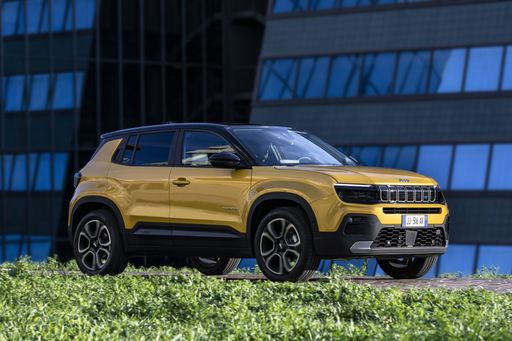 @ Stellantis
@ Stellantis
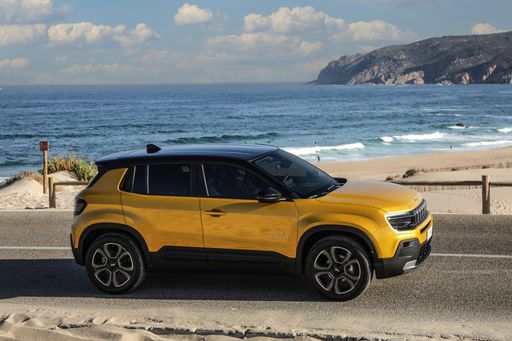 @ Stellantis
@ Stellantis
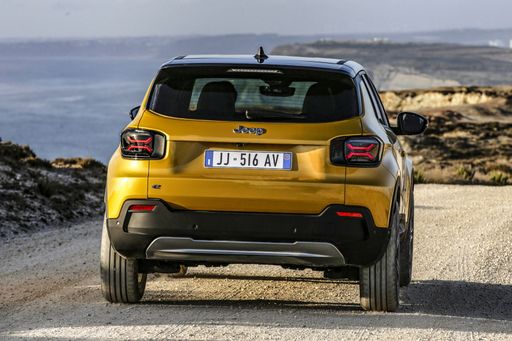 @ Stellantis
@ Stellantis
 @ Stellantis
@ Stellantis
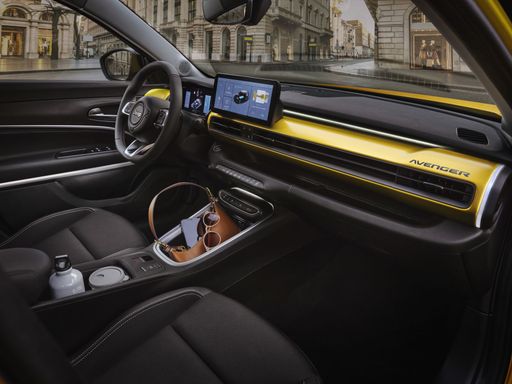 @ Stellantis
@ Stellantis
VW Polo
The VW Polo remains a popular choice in the compact car segment, known for its sleek design and sophisticated styling. Inside, it offers a surprisingly spacious cabin with high-quality materials and intuitive technology features, ensuring a comfortable driving experience. Its agile handling and responsive performance make it an excellent option for both city commuting and longer journeys.
details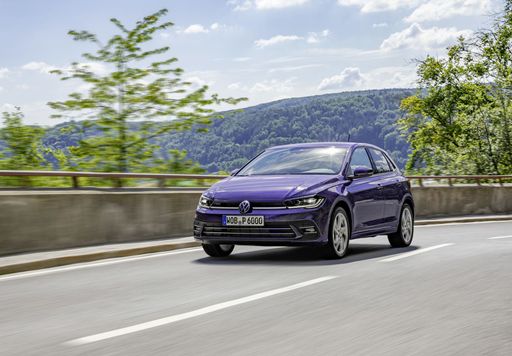 @ Volkswagen
@ Volkswagen
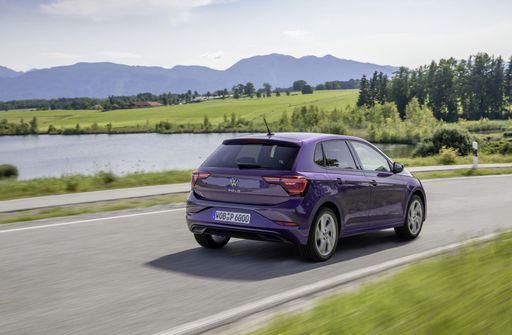 @ Volkswagen
@ Volkswagen
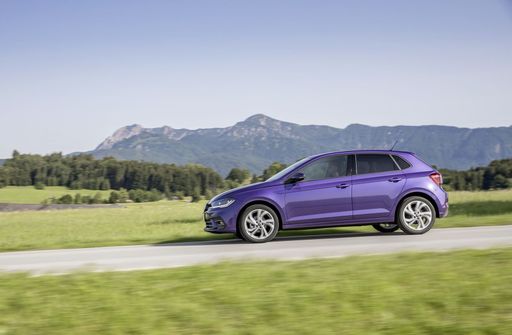 @ Volkswagen
@ Volkswagen
 @ Volkswagen
@ Volkswagen
 @ Volkswagen
@ Volkswagen
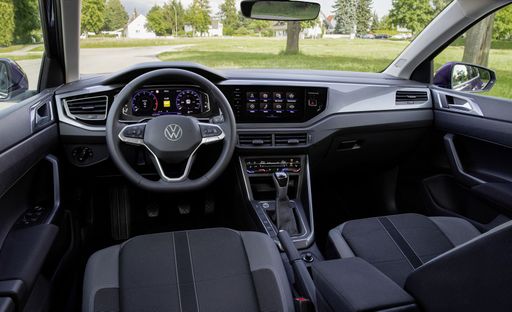 @ Volkswagen
@ Volkswagen
The Urban Adventure: Jeep Avenger vs. VW Polo
In the landscape of modern commuter and city vehicles, the Jeep Avenger and VW Polo stand out distinctly with diverse yet compelling propositions. As we compare these two vividly different offerings, we'll explore the strengths each brings to the table in terms of technical specifications and innovations.
Design and Body Style
The Jeep Avenger makes a bold statement with its robust SUV design, appealing to those who appreciate a more commanding presence on the road. With a length of 4084 mm, a width of 1776 mm, and a height up to 1536 mm, it provides a spacious and elevated driving experience. On the other hand, the VW Polo embodies the classic practicality of a hatchback. Measuring 4074 mm in length, 1751 mm in width, and up to 1451 mm in height, the Polo offers a compact and efficient design ideal for urban navigation.
Engine and Performance
The Jeep Avenger offers a diverse range of powertrains, including electric, petrol MHEV (Mild Hybrid Electric Vehicle), and traditional petrol engines. With power outputs ranging from 100 to 156 HP, the Avenger caters to both efficiency-conscious drivers and those seeking more spirited performance. Notably, the electric version boasts a commendable range of 400 km and features a silent electric motor producing 260 Nm of torque.
Conversely, the VW Polo remains steadfast with its selection of petrol engines, offering a spectrum from 80 to 207 HP. It provides a more dynamically focused driving experience with a maximum speed of up to 240 km/h and an efficient fuel consumption rate starting from 5.2 L/100km. These attributes highlight the Polo's emphasis on sporty agility and efficiency.
Transmission and Drive
Both models offer flexibility in their transmission systems. The Jeep Avenger features both manual and automatic (including a dual-clutch automatic) options, accommodating different driving preferences. Additionally, it provides the choice between front-wheel drive and all-wheel-drive configurations, appealing to those who require versatility for different terrains.
The VW Polo sticks to front-wheel drive, paired with either a manual gearbox or a dual-clutch automatic transmission, ensuring smooth transitions and enhanced driving control, especially for urban environments.
Interior and Space
When it comes to interior offerings, both vehicles comfortably accommodate five passengers. The Jeep Avenger provides a trunk capacity ranging between 325 and 380 liters, crucial for adventurers needing extra cargo space. Meanwhile, the VW Polo offers a trunk space of 351 liters, maintaining a balance between space efficiency and compact exterior dimensions.
Environmental Considerations
With growing awareness of environmental impact, the Jeep Avenger's electric model is a standout, boasting zero CO2 emissions and aligning with an efficiency class of 'A'. In comparison, the VW Polo emits between 118 and 149 g/km CO2, classified within efficiency classes 'D' and 'E', but remains competitive in its segment by offering reasonable consumption figures.
Conclusion
In summary, the Jeep Avenger and VW Polo each carve out their niche. The Avenger shines with its versatility and eco-friendly options, ideal for those who seek adventure without compromise. Meanwhile, the VW Polo offers a more traditional but spirited drive, meeting the needs of those who prize swift urban maneuverability and refined design. Ultimately, the choice between the two will hinge on individual priorities, whether it be embracing innovation or enjoying time-tested performance.

|

|
|
|
|
Costs and Consumption |
|
|---|---|
|
Price
21900 - 36900 £
|
Price
17000 - 30400 £
|
|
Consumption L/100km
4.9 - 5.7 L
|
Consumption L/100km
5.1 - 6.5 L
|
|
Consumption kWh/100km
15.50 kWh
|
Consumption kWh/100km
-
|
|
Electric Range
400 km
|
Electric Range
-
|
|
Battery Capacity
51 kWh
|
Battery Capacity
-
|
|
co2
0 - 129 g/km
|
co2
116 - 148 g/km
|
|
Fuel tank capacity
44 L
|
Fuel tank capacity
40 L
|
Dimensions and Body |
|
|---|---|
|
Body Type
SUV
|
Body Type
Hatchback
|
|
Seats
5
|
Seats
5
|
|
Doors
5
|
Doors
5
|
|
Curb weight
1180 - 1520 kg
|
Curb weight
1143 - 1378 kg
|
|
Trunk capacity
325 - 380 L
|
Trunk capacity
351 L
|
|
Length
4084 - 4088 mm
|
Length
4074 mm
|
|
Width
1776 mm
|
Width
1751 mm
|
|
Height
1527 - 1541 mm
|
Height
1431 - 1451 mm
|
|
Payload
494 - 502 kg
|
Payload
432 - 457 kg
|
Engine and Performance |
|
|---|---|
|
Engine Type
Electric, Petrol, Petrol MHEV
|
Engine Type
Petrol
|
|
Transmission
Automatic, Manuel
|
Transmission
Manuel, Automatic
|
|
Transmission Detail
Manual Gearbox, Dual-Clutch Automatic
|
Transmission Detail
Manual Gearbox, Dual-Clutch Automatic
|
|
Drive Type
Front-Wheel Drive, All-Wheel Drive
|
Drive Type
Front-Wheel Drive
|
|
Power HP
100 - 156 HP
|
Power HP
80 - 207 HP
|
|
Acceleration 0-100km/h
9 - 10.6 s
|
Acceleration 0-100km/h
6.5 - 15.6 s
|
|
Max Speed
150 - 194 km/h
|
Max Speed
171 - 240 km/h
|
|
Torque
205 - 260 Nm
|
Torque
93 - 320 Nm
|
|
Number of Cylinders
3
|
Number of Cylinders
3 - 4
|
|
Power kW
74 - 115 kW
|
Power kW
59 - 152 kW
|
|
Engine capacity
1199 cm3
|
Engine capacity
999 - 1984 cm3
|
General |
|
|---|---|
|
Model Year
2023 - 2025
|
Model Year
2024 - 2025
|
|
CO2 Efficiency Class
A, D, C
|
CO2 Efficiency Class
D, E
|
|
Brand
Jeep
|
Brand
VW
|
Jeep Avenger
Unveiling the Jeep Avenger: A New Era of Innovation
The Jeep Avenger marks a significant milestone in automotive evolution, blending ruggedness with modern-day advancements. Established within the SUV category, the Avenger offers an eclectic mix of powertrains, including electric and hybrid options, catering to the diverse requirements of the modern motorist.
Powertrain Options: Efficiency Meets Performance
The Jeep Avenger presents multiple powertrain configurations, each designed to harmonise performance with efficiency. The electric version boasts a formidable 156 PS and a battery capacity of 51 kWh, enabling a remarkable 400 km of electric range. This places it at the forefront of environmentally friendly travel with a consumption of merely 15.4 kWh/100km.
Additionally, for those favouring classic combustion engines, the 1.2 e-Hybrid and the purely petrol 1.2 GSE T3 offer 100 PS and incorporate innovative mild-hybrid technology to enhance fuel efficiency while maintaining a spirited driving experience.
Advanced Engineering: Technology and Design
At the heart of the Jeep Avenger lies a well-engineered chassis, tailored for both agility and comfort. Measuring 4084 mm in length, 1776 mm in width, and up to 1534 mm in height, the Avenger ensures ample space within a compact footprint, ideal for urban manoeuvrability.
The vehicle supports its robust engineering with meticulous design details, from its substantial boot capacity of up to 380 litres to its five-door configuration, seamlessly blending functionality with aesthetic appeal.
Driving Dynamics and Performance
Front-wheel drive ensures that the Avenger's power is perfectly harnessed for both city streets and off-road trails. The vehicle's acceleration capabilities vary between 9 and 10.9 seconds from 0-100 km/h, a testament to its spirited performance ethos. With a maximum speed ranging up to 184 km/h, the Avenger is built to deliver thrilling drives.
Sustainability at the Forefront
As a reflection of Jeep's commitment to sustainability, the Avenger achieves commendable CO2 efficiency ratings spanning classes A to D. The electric model stands out with zero emissions, while hybrid options offer competitive CO2 figures, appealing to eco-conscious drivers.
Pricing and Trim Levels
The Jeep Avenger is strategically priced between 25,000 and 43,500 €, ensuring accessibility for a broad range of customers. With available trim levels such as Longitude, Altitude, and Summit, prospective buyers can tailor their vehicles to suit individual preferences, choosing from different feature sets and functionalities.
Conclusion: The Jeep Avenger's Promise
The Jeep Avenger is not just a new vehicle; it embodies a shift towards innovative, efficient, and dynamic motoring. By merging advanced technology with Jeep's legendary prowess, the Avenger is poised to redefine expectations within the SUV sector, offering both cutting-edge performance and unyielding reliability.
VW Polo
Unveiling the VW Polo: A Compact Car with Big Ambition
The VW Polo, with its sleek hatchback design, stands out in the compact car segment, offering a blend of practicality and innovation. Volkswagen has continued to refine this popular model, ensuring that each new iteration provides cutting-edge technology and enhanced driving dynamics.
A Closer Look at the Mechanics
Under the bonnet, the VW Polo offers a series of efficient petrol engines ranging from 80 to 207 horsepower. These engines, coupled with either a manual or dual-clutch automatic transmission, provide a smooth and responsive driving experience tailored to various driving preferences.
Efficiency Meets Performance
The fuel consumption of the VW Polo is impressively economical, varying between 5.2 and 6.5 litres per 100 km, depending on the engine and transmission combination. Emphasising the car's commitment to sustainability, the CO2 emissions vary between 118 to 149 g/km, placing it within the D to E efficiency classes.
Design and Dimensions
The Polo's dimensions, featuring a length of 4074 mm, width of 1751 mm, and a height ranging from 1431 to 1451 mm, offer a compact profile ideal for urban driving. Despite its size, the Polo provides a generous 351-litre boot space, catering to everyday needs and beyond. With a five-door configuration, it balances convenience and style.
Advanced Features and Variants
The VW Polo 2024 model year comes with a variety of trim levels, from the practical "Life" to the sportier "R-Line", each bringing distinct features and enhancements. High-tech interiors, usability enhancements, and a host of driver-assistance systems are standard, reflecting Volkswagen's dedication to integrating innovation into its vehicles.
Tech-Savvy Interiors
Inside, the Polo is equipped with modern infotainment systems, Apple CarPlay, Android Auto, and wireless connectivity options, ensuring that drivers and passengers remain connected while on the move. The ergonomically designed cabin and digital cockpit enhance the user experience, making every drive comfortable and intuitive.
Conclusion: The All-Rounder in the Compact Car Market
The VW Polo continues to be a compelling choice for those seeking a compact, reliable, and technologically advanced vehicle. With its range of engines, well-appointed interiors, and a robust suite of features, the Polo remains a significant player in its class, meeting the demands of a wide range of drivers.
Which drive types are available for the Jeep Avenger?
Available as Front-Wheel Drive or All-Wheel Drive.
The prices and data displayed are estimates based on German list prices and may vary by country. This information is not legally binding.
